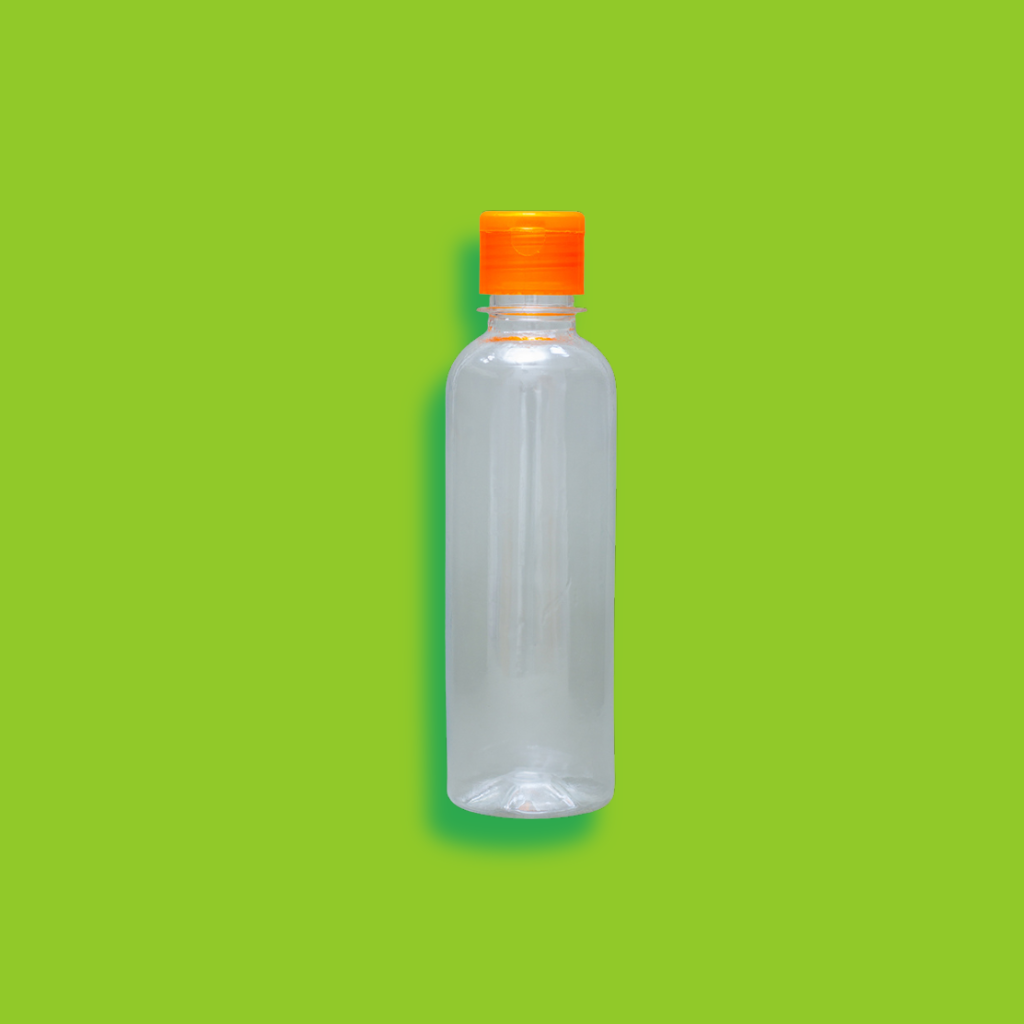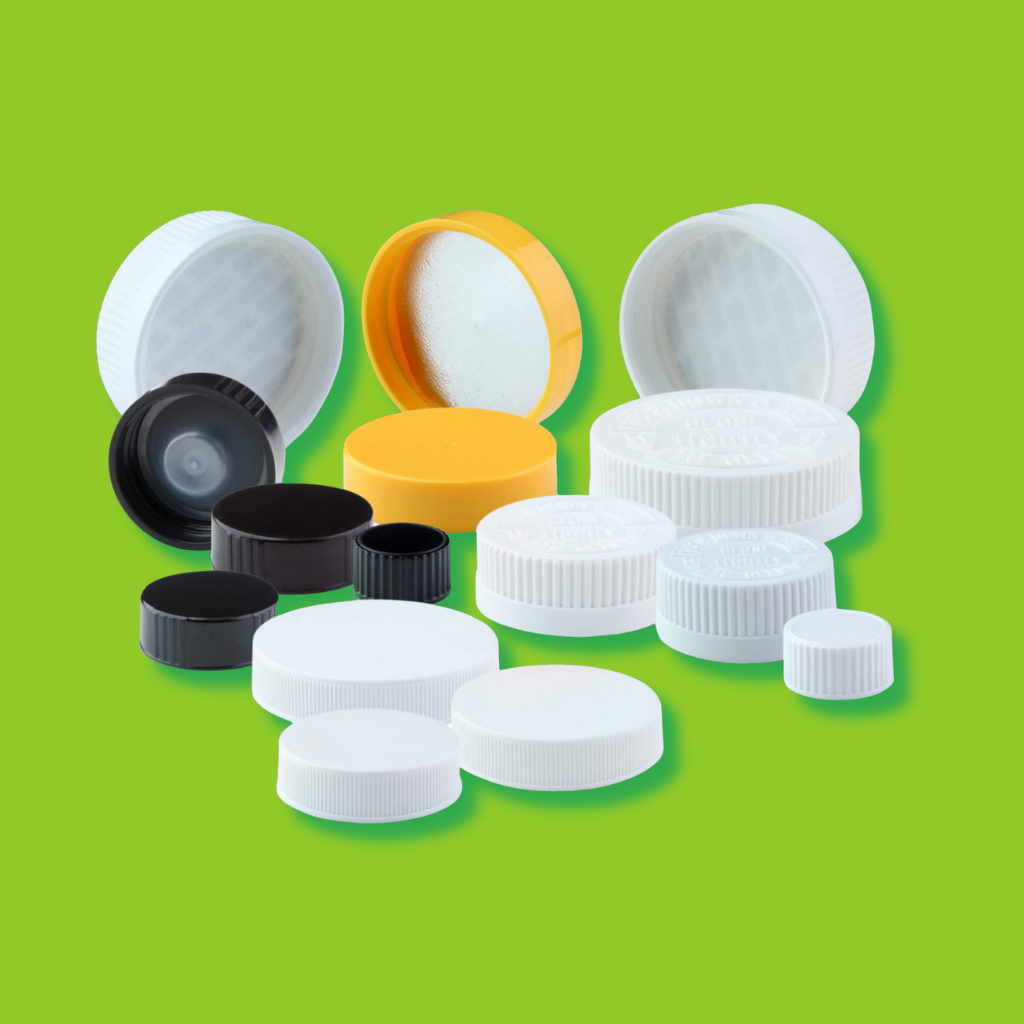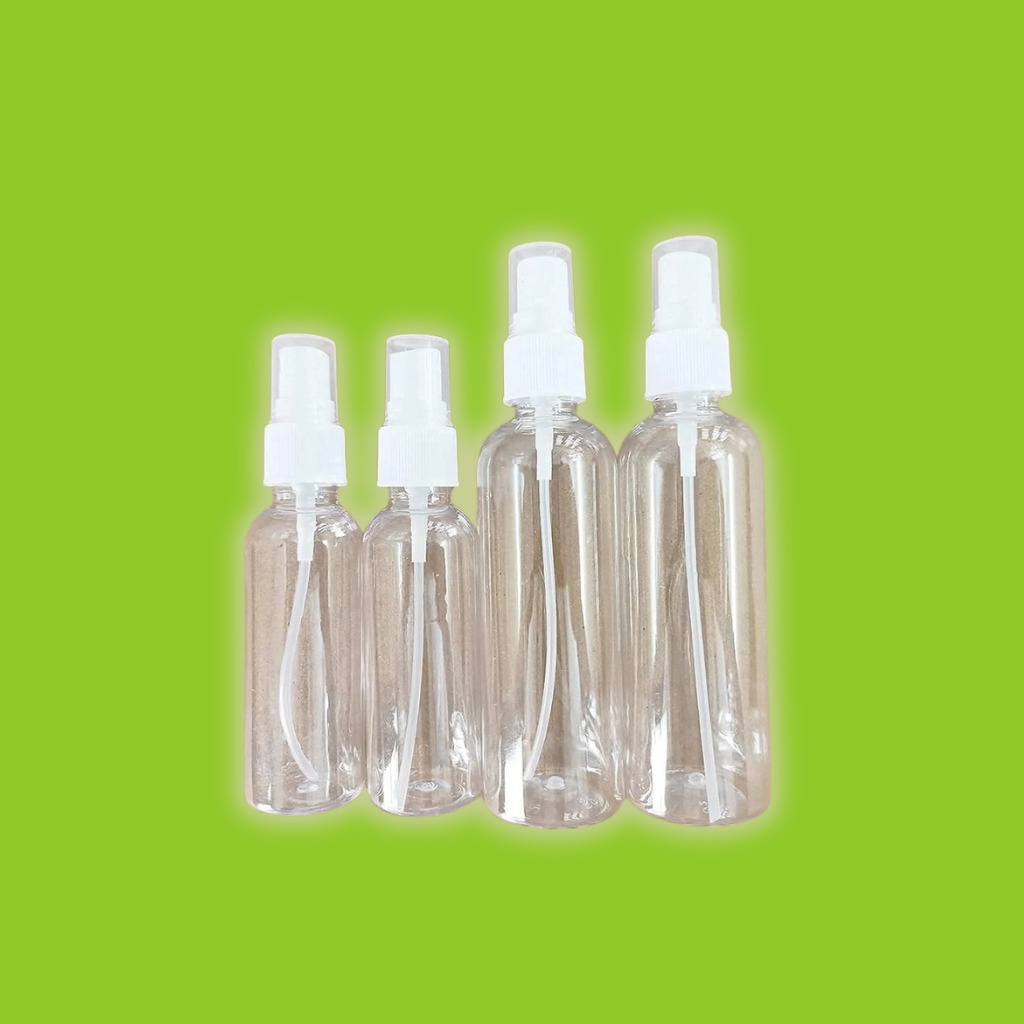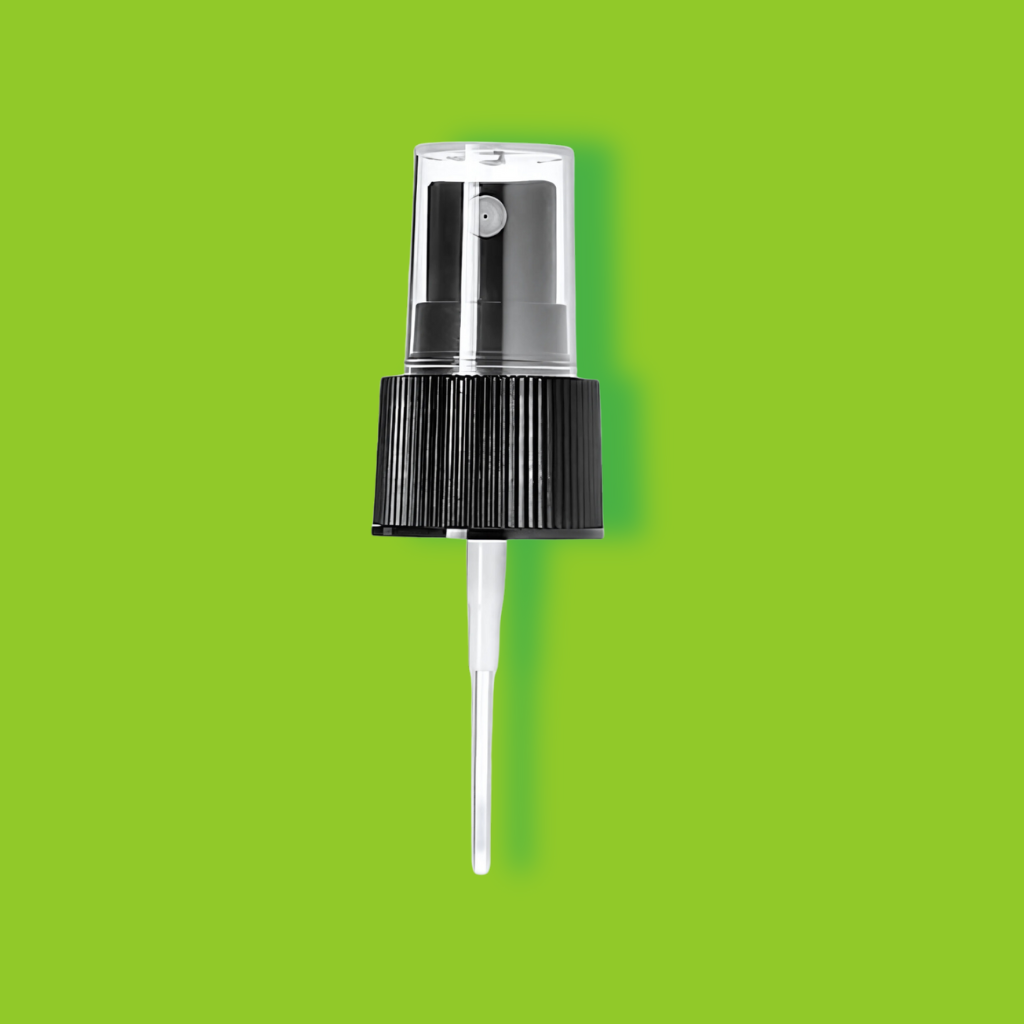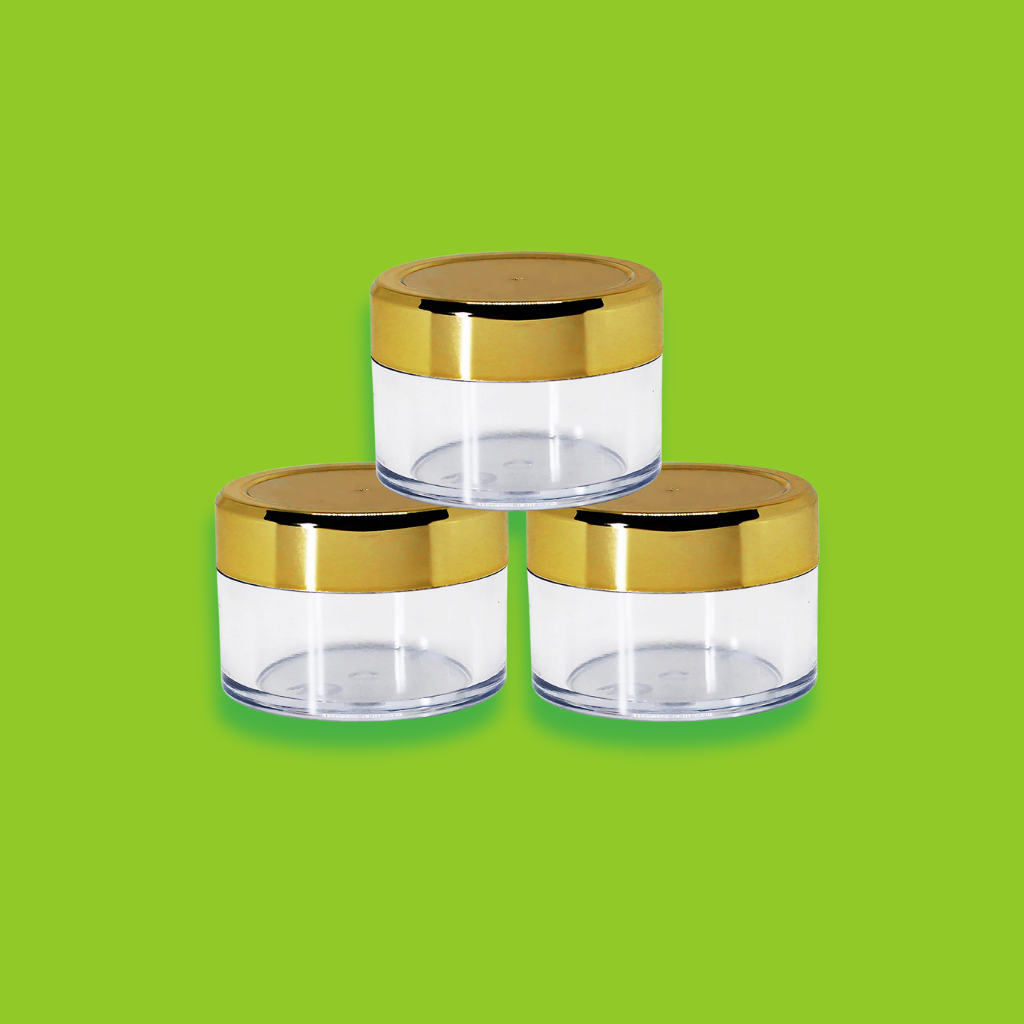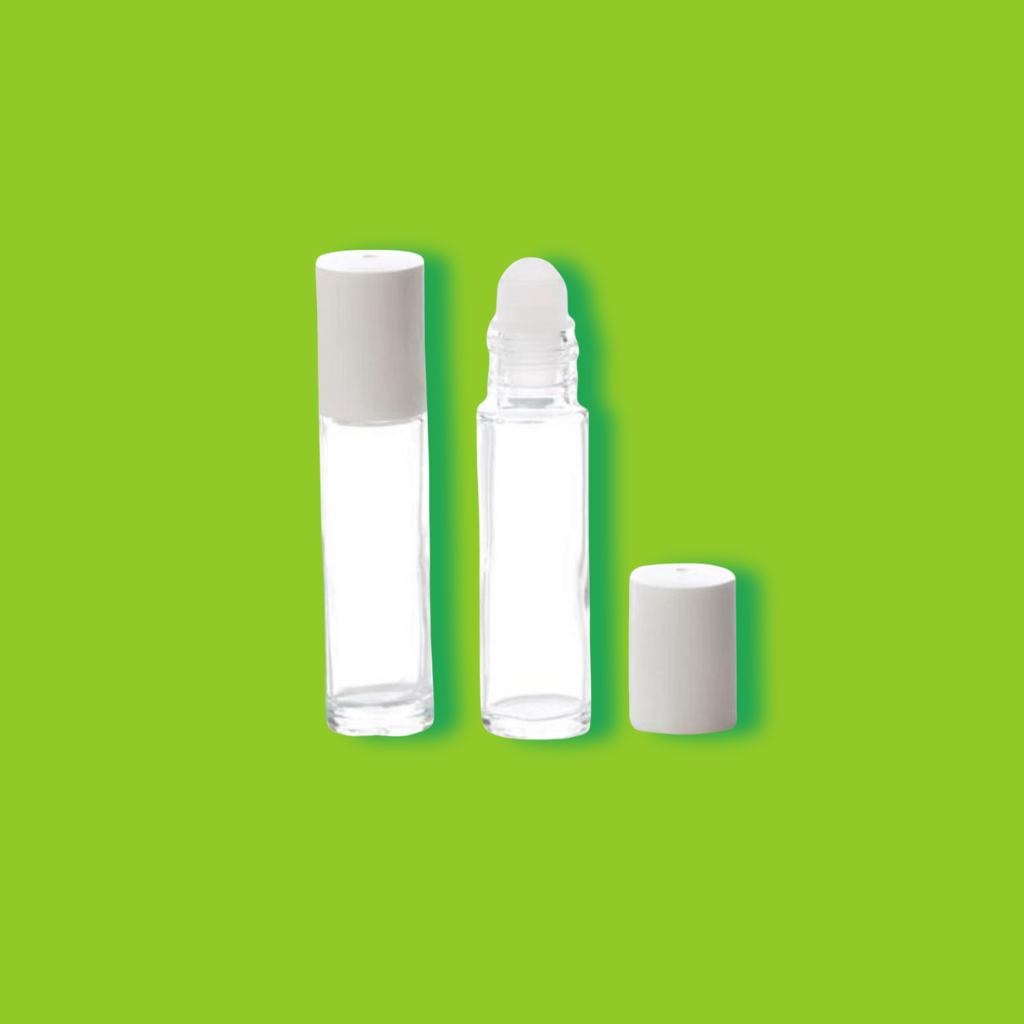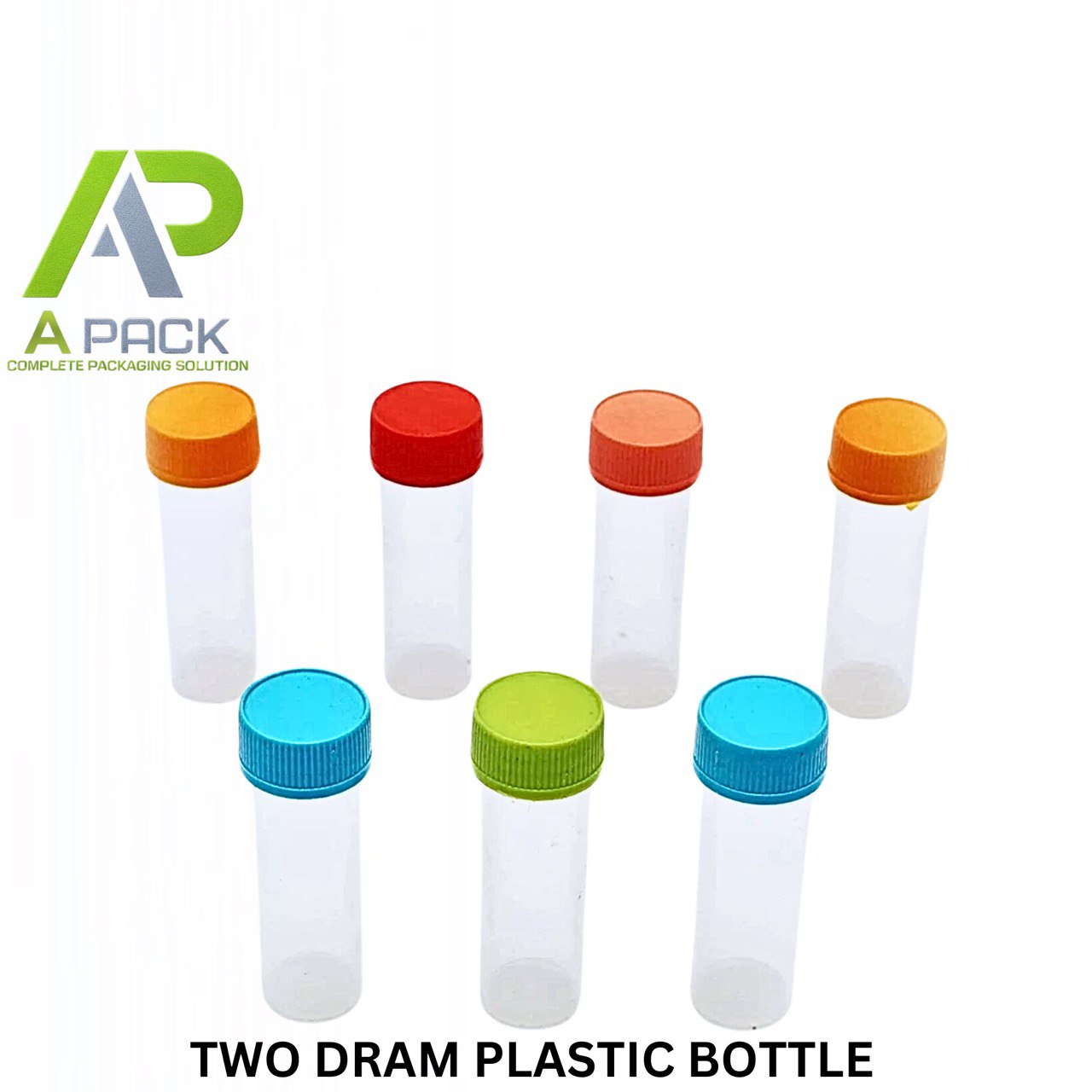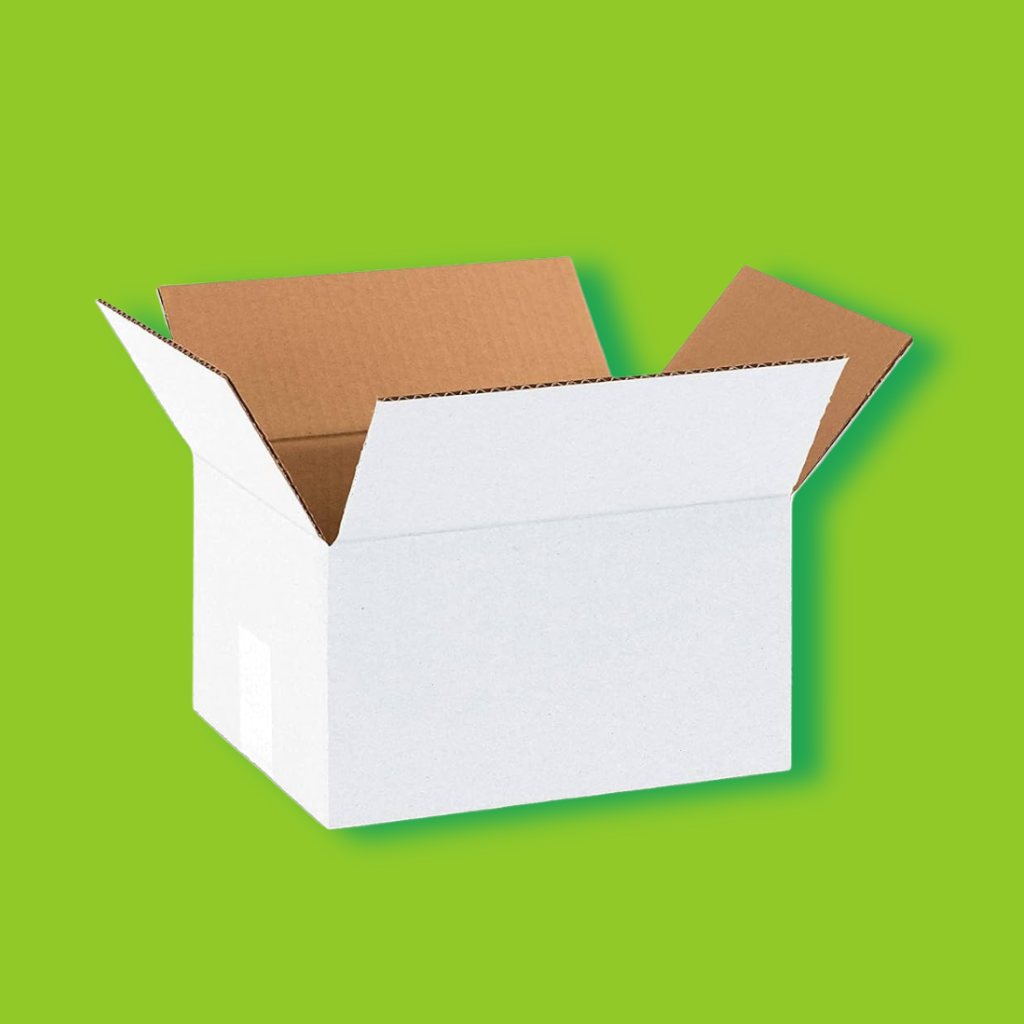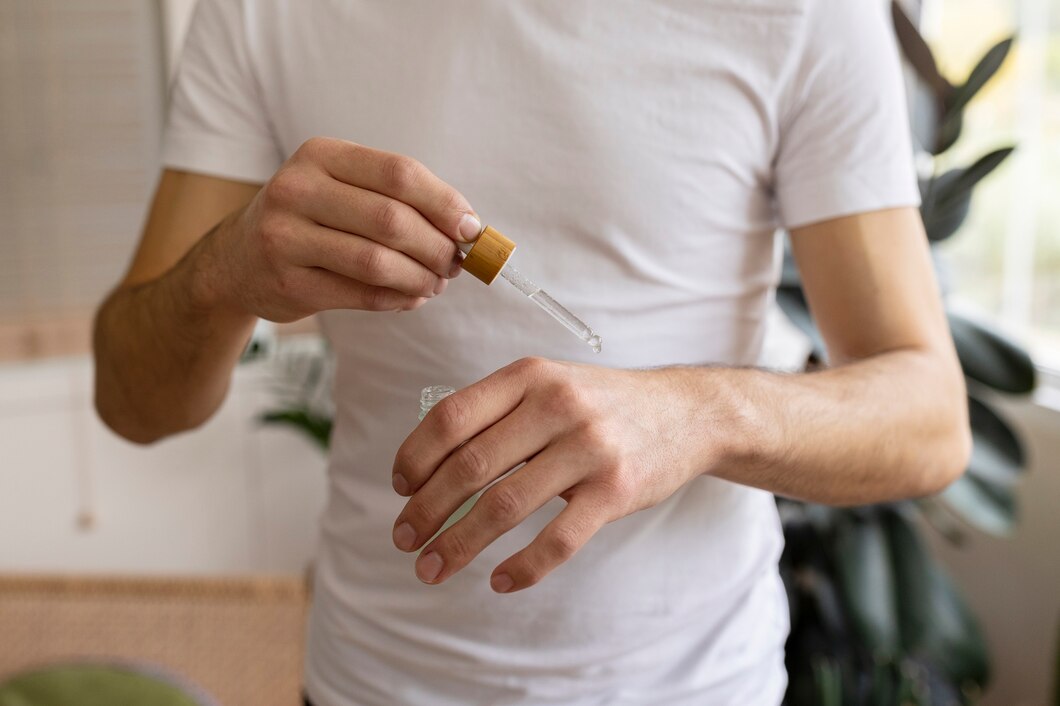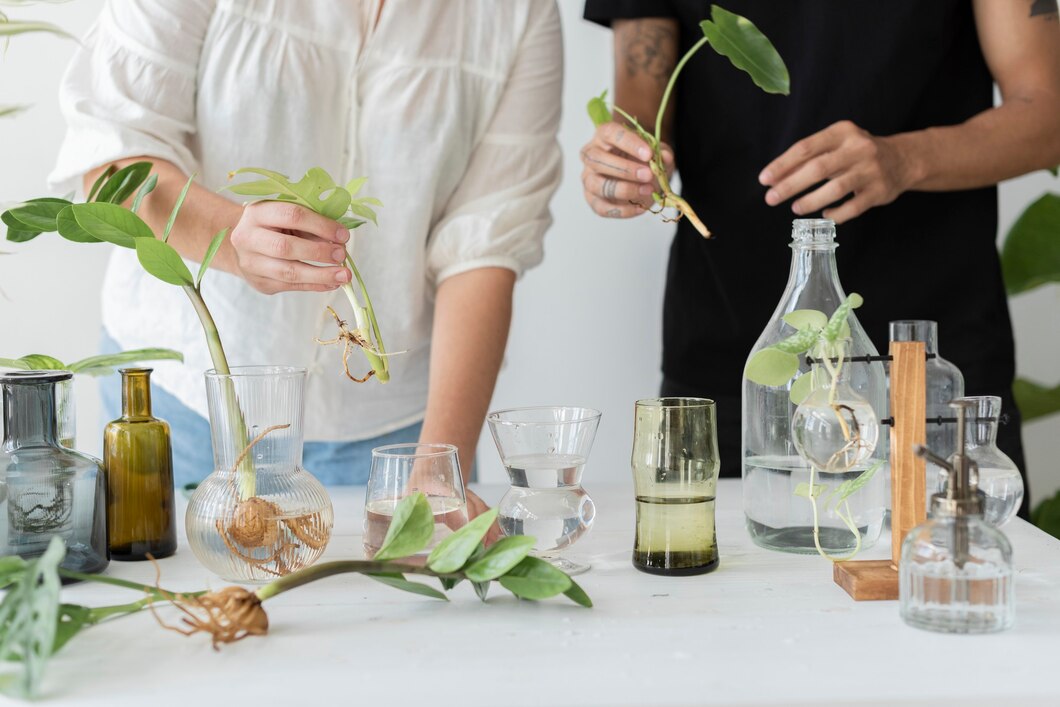How to Use a Dropper Correctly: A Step-by-Step Guide
A dropper is a small tool commonly used to dispense liquids in precise amounts. It is frequently found in the pharmaceutical and healthcare industries, used for administering medication, eye drops, ear drops, or essential oils. However, using a dropper correctly is crucial to ensure you get the right dose and to avoid contamination.
In this guide, we’ll walk you through the step-by-step process of how to use a dropper correctly, as well as tips to ensure safety and accuracy.
1. Wash Your Hands
Before using a dropper, it’s essential to wash your hands thoroughly with soap and water. This helps prevent any germs or bacteria from transferring to the medication or the dropper, ensuring that your dose is clean and safe.
- Why it matters: Washing your hands reduces the risk of contamination, especially if you're using a dropper for medicine or eye drops.
2. Prepare the Dropper and Medication
Make sure you have the medication or liquid you need to administer. If it’s a bottle with a dropper cap, check that the bottle is properly sealed and intact.
Shake the Bottle: If the medication requires shaking (like some suspensions), gently shake the bottle to mix the contents before using the dropper.
Check the Expiry Date: Always verify the expiry date on the bottle to ensure that the medication is still safe to use.
3. Insert the Dropper Into the Bottle
Hold the bottle upright and gently insert the dropper into the liquid, making sure the tip does not touch the bottle’s opening. You should not let the dropper touch anything that could contaminate it, such as the inside of the cap or the surface of the bottle.
- Tip: Keep the dropper’s tip clean and avoid touching it to your hands or other surfaces to maintain hygiene.
4. Squeeze the Dropper Bulb
Once the dropper is in the liquid, gently squeeze the bulb at the top to draw up the liquid. Release the bulb slowly to fill the dropper with the liquid. Some droppers are marked with measurements, so make sure you draw up the correct amount based on the required dosage.
- Tip: If you're having trouble filling the dropper, give the bottle a slight tap to help the liquid flow, or you can tilt the bottle slightly.
5. Dispense the Liquid
Once you have the correct amount of liquid in the dropper, you’re ready to administer it. For oral medications, hold the dropper over the intended recipient’s mouth and squeeze the bulb gently to release the drops. For eye drops, hold the dropper above the eye and squeeze the bulb to release a drop into the eye. For ear drops, gently tilt the ear and squeeze the dropper to place the liquid into the ear canal.
Accuracy: Ensure you are administering the correct number of drops. Some medications require precise dosing to be effective, so it’s important to follow the instructions on the label or your healthcare provider’s advice.
Tip: For eye and ear drops, keep the dropper as close to the area as possible without touching the skin or eye to avoid contamination.
6. Replace the Dropper and Cap
After using the dropper, carefully wipe the tip with a clean tissue or cloth to remove any excess liquid. Then, replace the dropper into the bottle (if reusable) and close the cap tightly. This helps prevent the liquid from spilling or evaporating and keeps the medication safe.
- Tip: If the dropper is disposable, discard it properly according to local waste disposal guidelines.
7. Wash the Dropper (If Reusable)
If the dropper is reusable, it’s important to clean it thoroughly after each use to avoid contamination. Use warm water and mild soap to clean the dropper, and rinse it well. Let it air dry completely before storing it to prevent any bacteria from growing.
- Tip: If your dropper is used for multiple doses or types of medication, consider dedicating it to a single medication to avoid cross-contamination.
8. Store the Medication Properly
Once you’ve used the dropper, store the medication as directed on the label. Keep it in a cool, dry place, away from direct sunlight, and out of reach of children. Proper storage helps maintain the effectiveness of the medication.
Common Mistakes to Avoid:
Touching the Dropper Tip: Avoid touching the dropper's tip to surfaces, including your fingers, to prevent contamination.
Incorrect Dosing: Ensure that you are drawing up the correct amount of liquid. Some droppers have measurement marks for precise dosing.
Over-squeezing: Do not squeeze the bulb too hard, as this can result in releasing too much liquid at once. Gentle pressure is key for accuracy.
Not Shaking the Bottle: If your medication is in suspension, failing to shake the bottle before using the dropper can cause the liquid to be ineffective.
Not Storing the Medication Properly: After use, make sure the bottle is closed tightly and stored in the correct conditions to avoid spoiling the medication.
Conclusion
Using a dropper correctly is essential for administering medications safely and effectively. By following these simple steps, you can ensure that you are getting the correct dose, preventing contamination, and maintaining the integrity of the medication. Whether you're using a dropper for medicine, eye drops, or any other liquid treatment, these best practices will help ensure that you are using the dropper properly for the benefit of your health.
Always consult your healthcare provider or pharmacist if you have any questions or concerns about how to use a dropper or any other medication.


